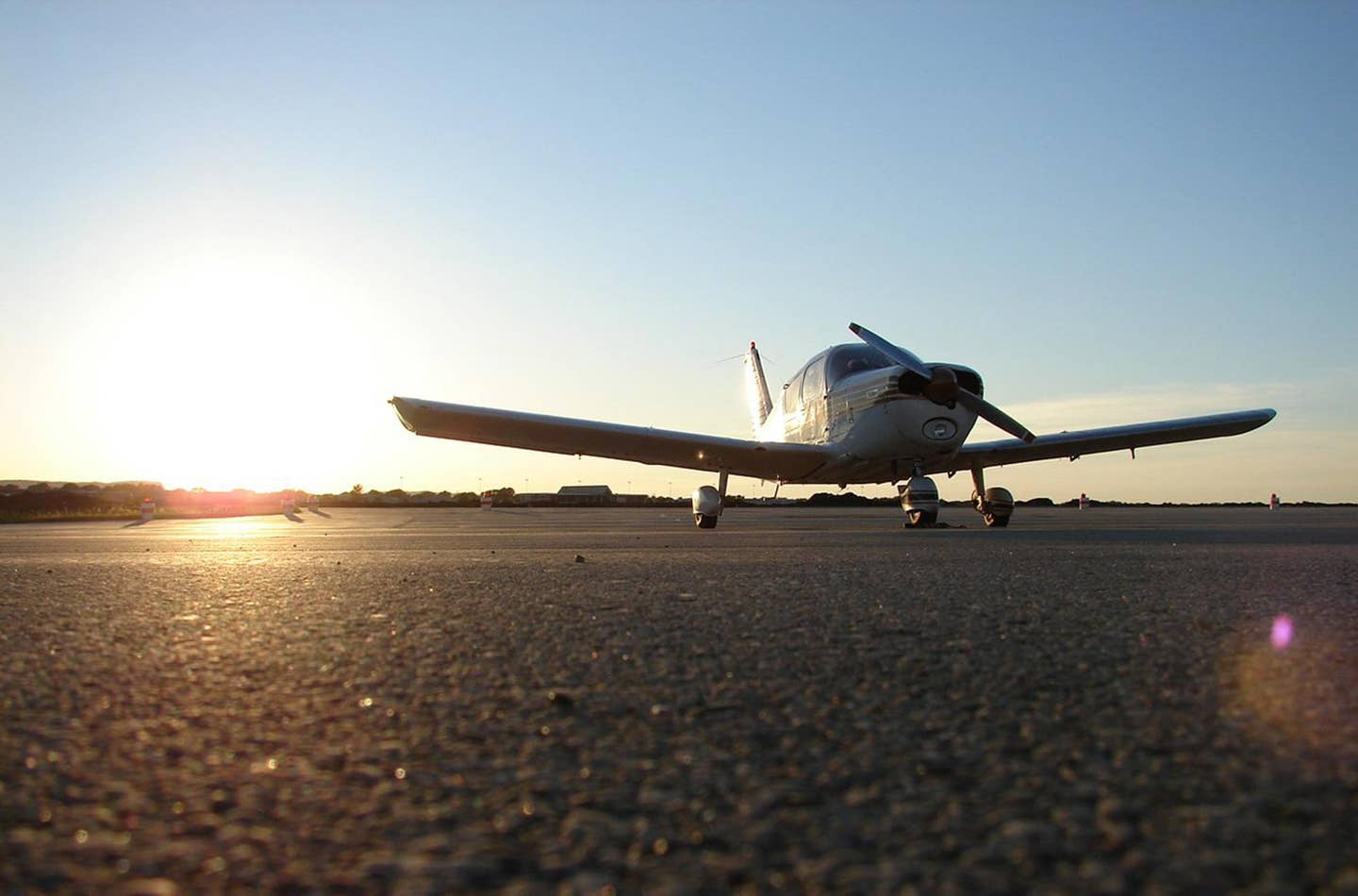Radio Communications
There is no shortage of miracle technologies we pilots take for granted. I’d argue that near the top of the list should be in-flight radio communications. Most pilots think that…

There is no shortage of miracle technologies we pilots take for granted. I'd argue that near the top of the list should be in-flight radio communications. Most pilots think that radios have been around forever, and they're not far from being right about that. You won't find any photos of Orville sending reports to Wilbur from the Wright Flyer; it was just over a decade that the first successful air-to-ground radio call was made, when, in 1915, Captain J.M. Furnival picked up a transmission from the ground sent by a Major Prince (first name unknown), who radioed the message, "If you can hear me now, it will be the first time speech has ever been communicated to an aeroplane in flight." It's a little meta for our tastes---we prefer "Watson, come here, I need you." But it was a start.
By the early 1930s, radios, which, like a few other aviation technologies, seemed to mature in lockstep with aviation's progress, were small, light and reliable enough to have even in small planes. And around that time, the International Commission for Aerial Navigation had formed, in part to avoid a Babel-like world of communications, putting forth the first standards for aerial radio communications.
Where this technology led is familiar to nearly every pilot. Today, we can communicate air-to-ground, ground-to-air and air-to-air with ease, usually with excellent voice fidelity even from great distances. The benefits of this technology are too numerous and obvious for us to list here but, suffice it to say, it's hard to image a modern world of aviation without pilots and controllers playing together.

Subscribe to Our Newsletter
Get the latest Plane & Pilot Magazine stories delivered directly to your inbox






